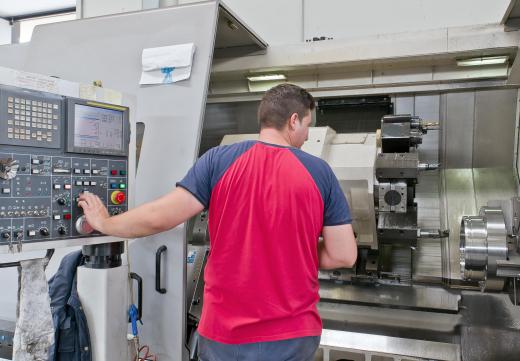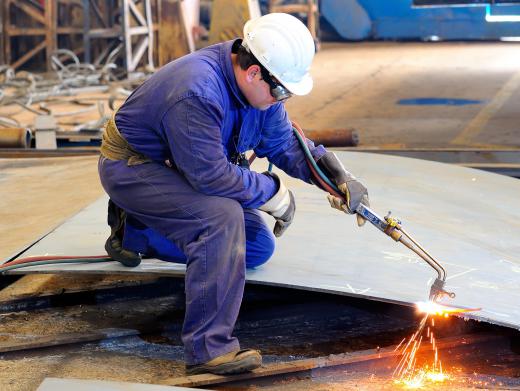Notching is a process that involves the cutting of various types of metal stock at an angle. Notchings are done to create a vertical cut in a tube or sheet stock. Notching is used in many different metals applications.
A notch is cut inward from the edge of the material, and is always cut at a measured angle that is calculated in accordance with the application that requires the notching. The vertical cut that is made in the stock is also made perpendicular to the edge of the material. This cut is usually made by either a metal-cutting band saw or a punching or shearing press machine to ensure accuracy in the fabrication process.

The most common application that notchings are used for in tube stock is welding. A notch is typically cut in the tube stock to allow for the perpendicular attachment of another piece of tube stock or metal. This allows as much of a connection between the two materials being welded together as possible. In these cases, the notching process may also be performed on the end of the tube stock that is being joined perpendicularly to another piece of stock for the same material-to-material contact purposes.

Notching is also usually performed on flat stock for bending and folding applications. It is generally performed using a punch press or metal shearing press. The tabs created by the notching and bending processes are often the contact points that are then welded, either by a spot welder or by a wire-feed welding process.
These applications are usually made for the fabrication of metal boxes, or heating and cooling applications. These notches are also created in perpendicular angle cuts, working inward from the edge of the flat stock material. In more recent applications, these notches are created through the use of metal-cutting CNC machining.

In most manufacturing and fabricating environments, the speed at which these materials can be notched is typically under the control of the person operating the machinery. The press is set to operate at a rate determined by the operator, and the material being “fed” to the machine is done at the highest rate of speed the operator is able to maintain. As a result, the efficiency of the notching process is directly dependent on the capabilities of the person who is operating and feeding the machine performing the process.
